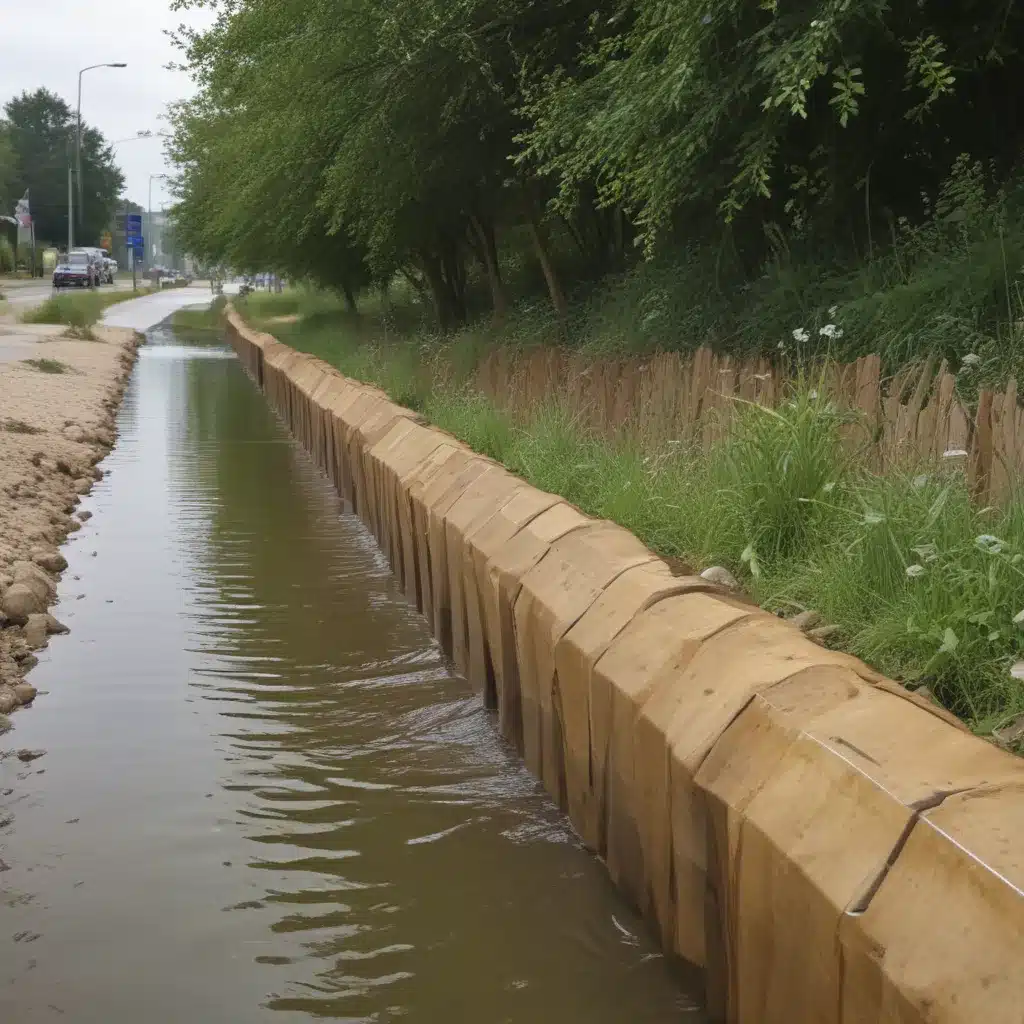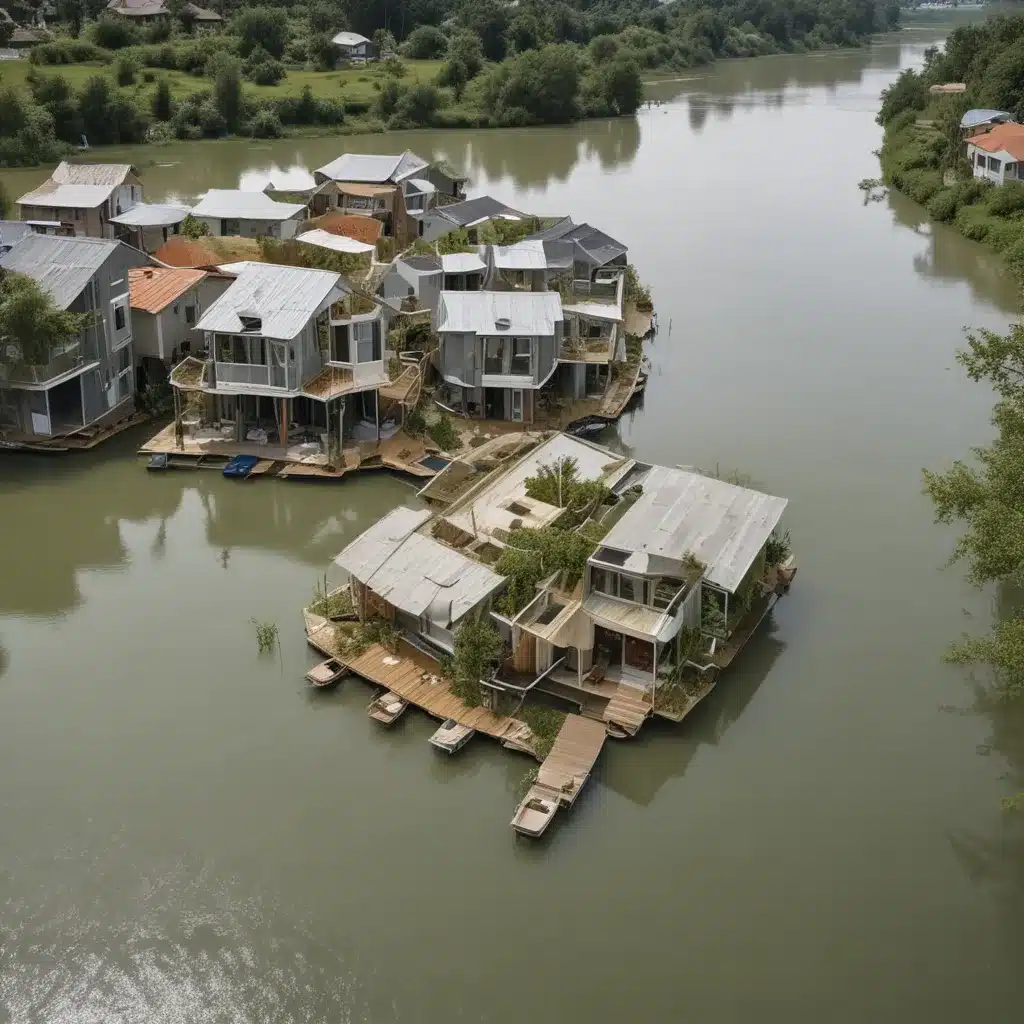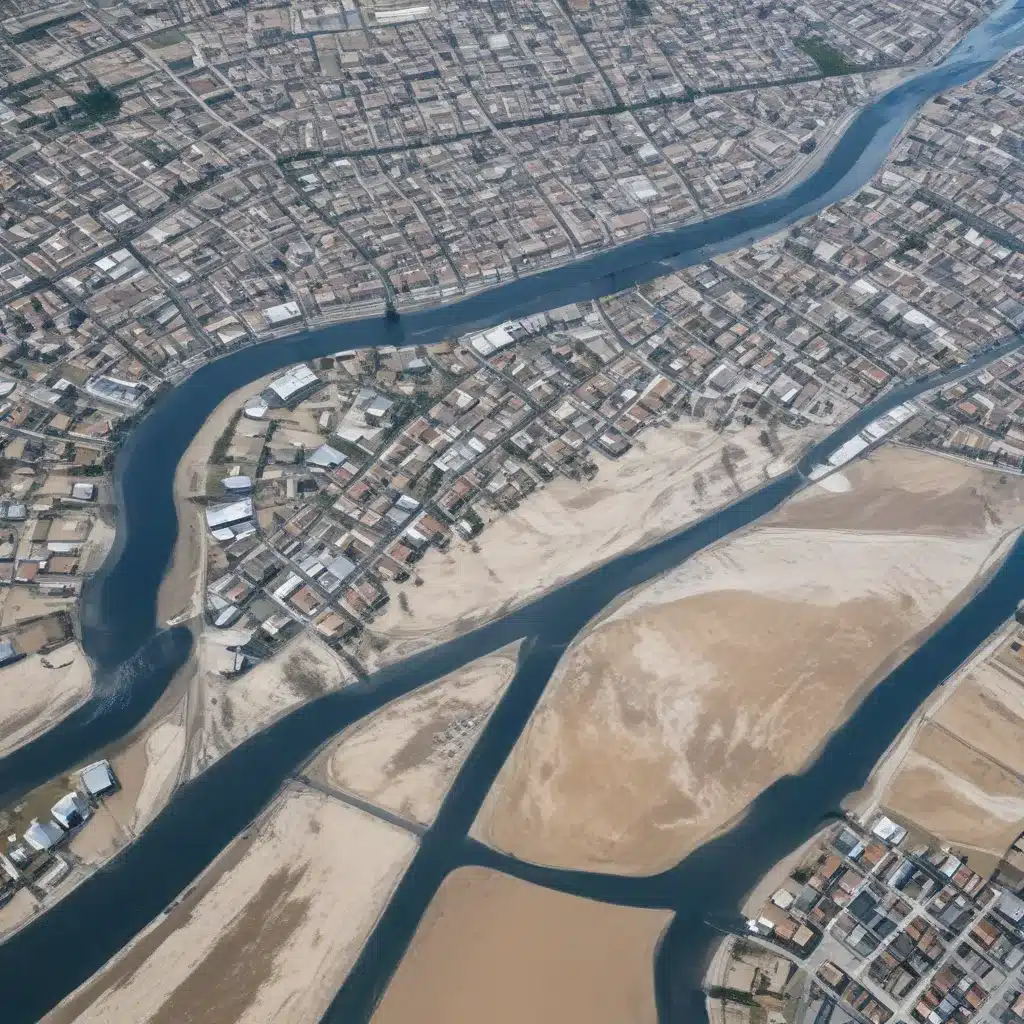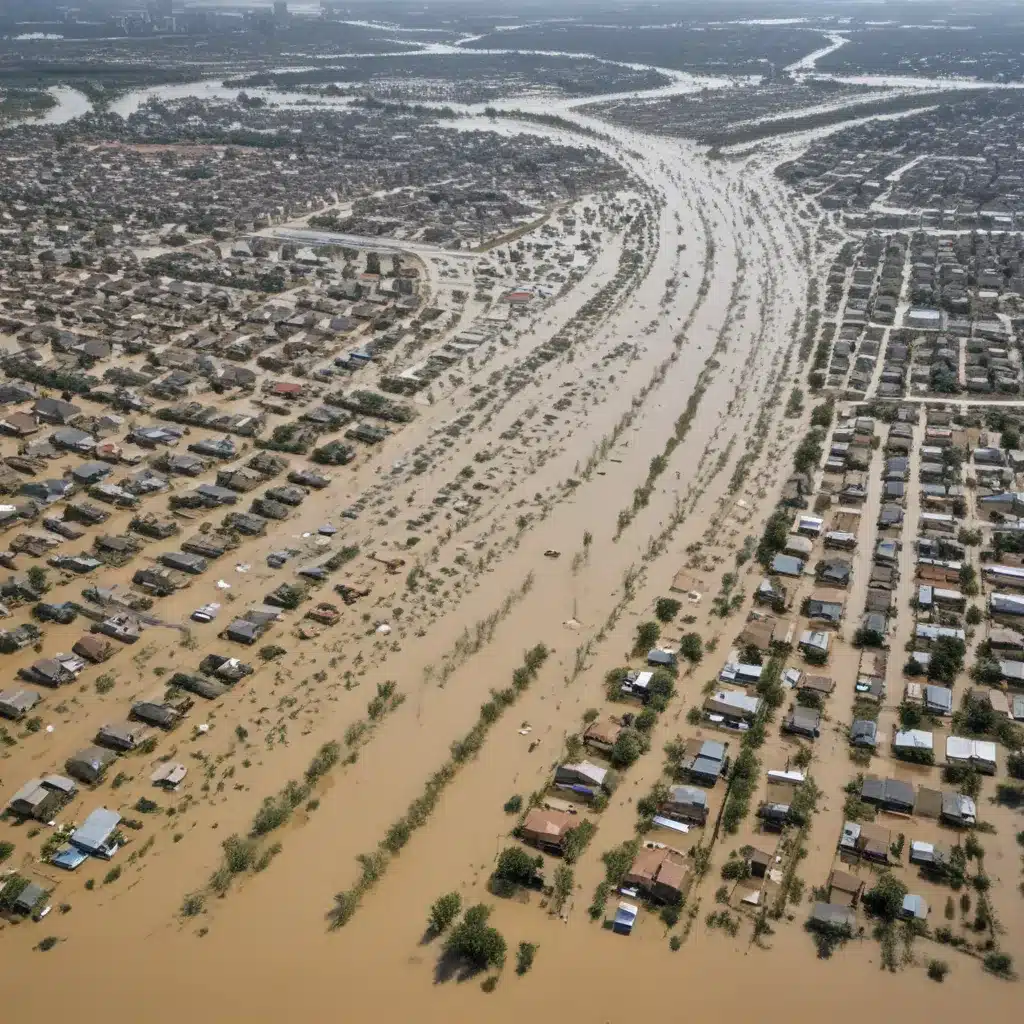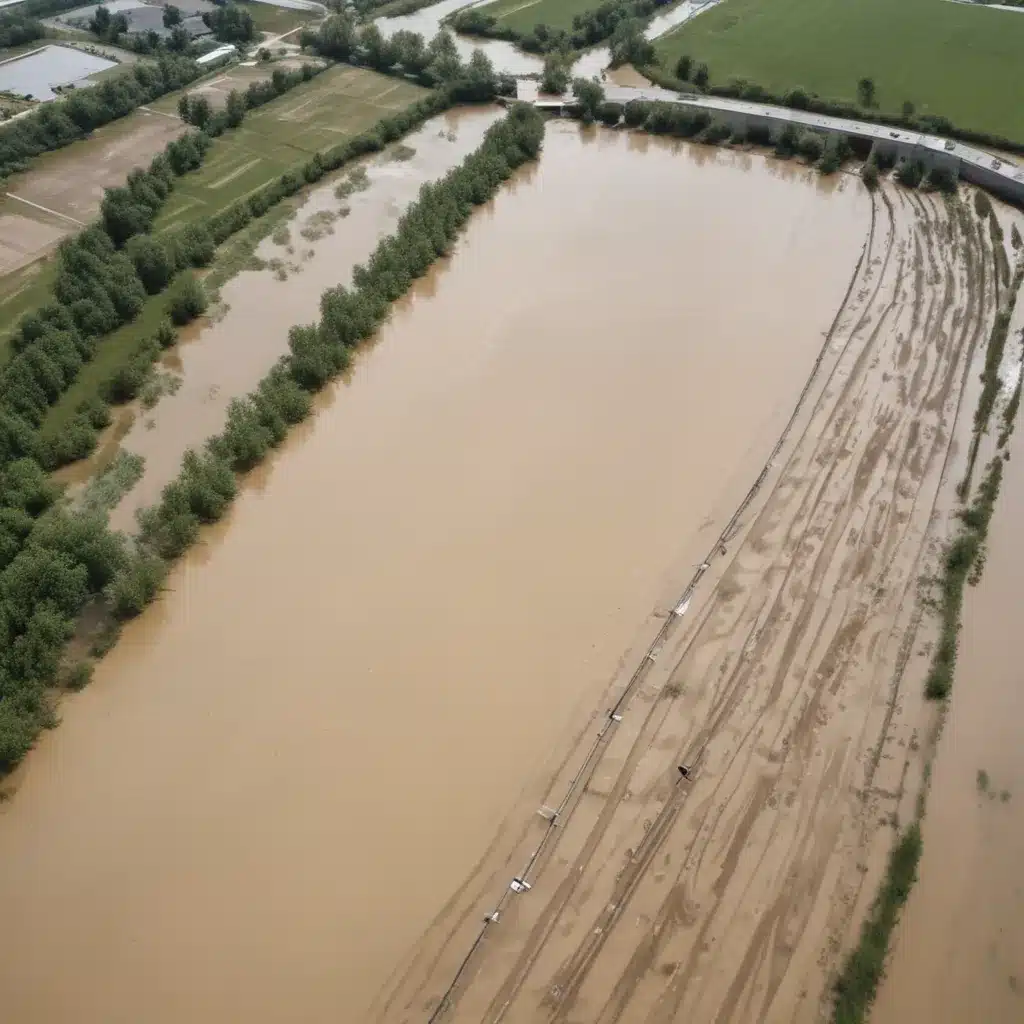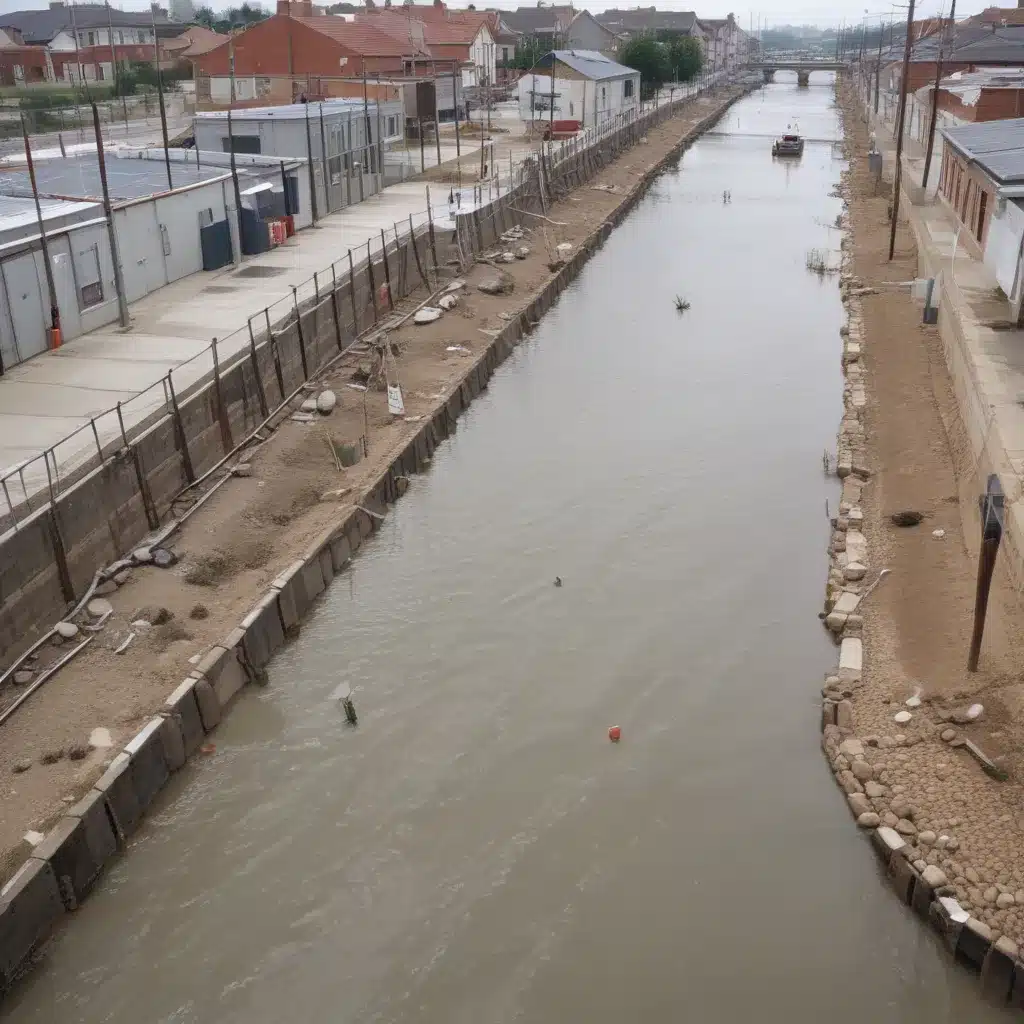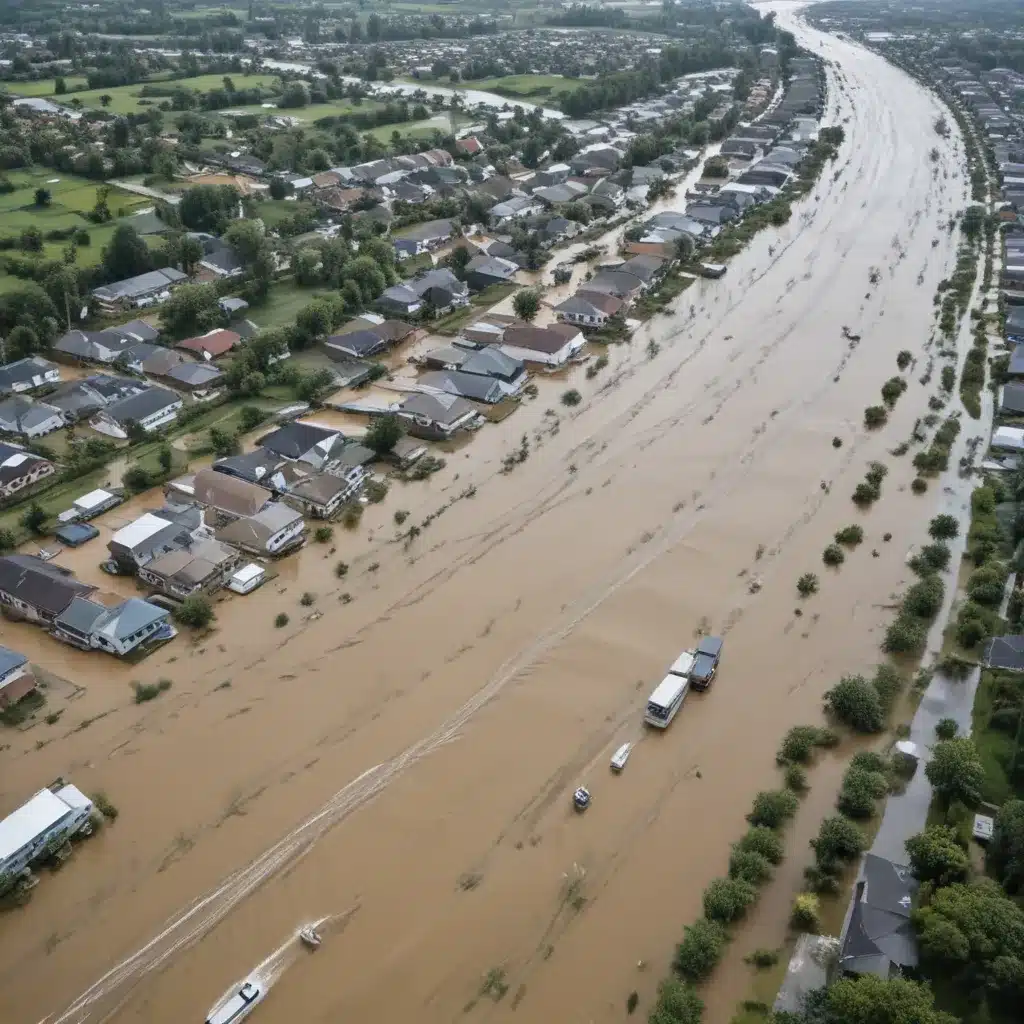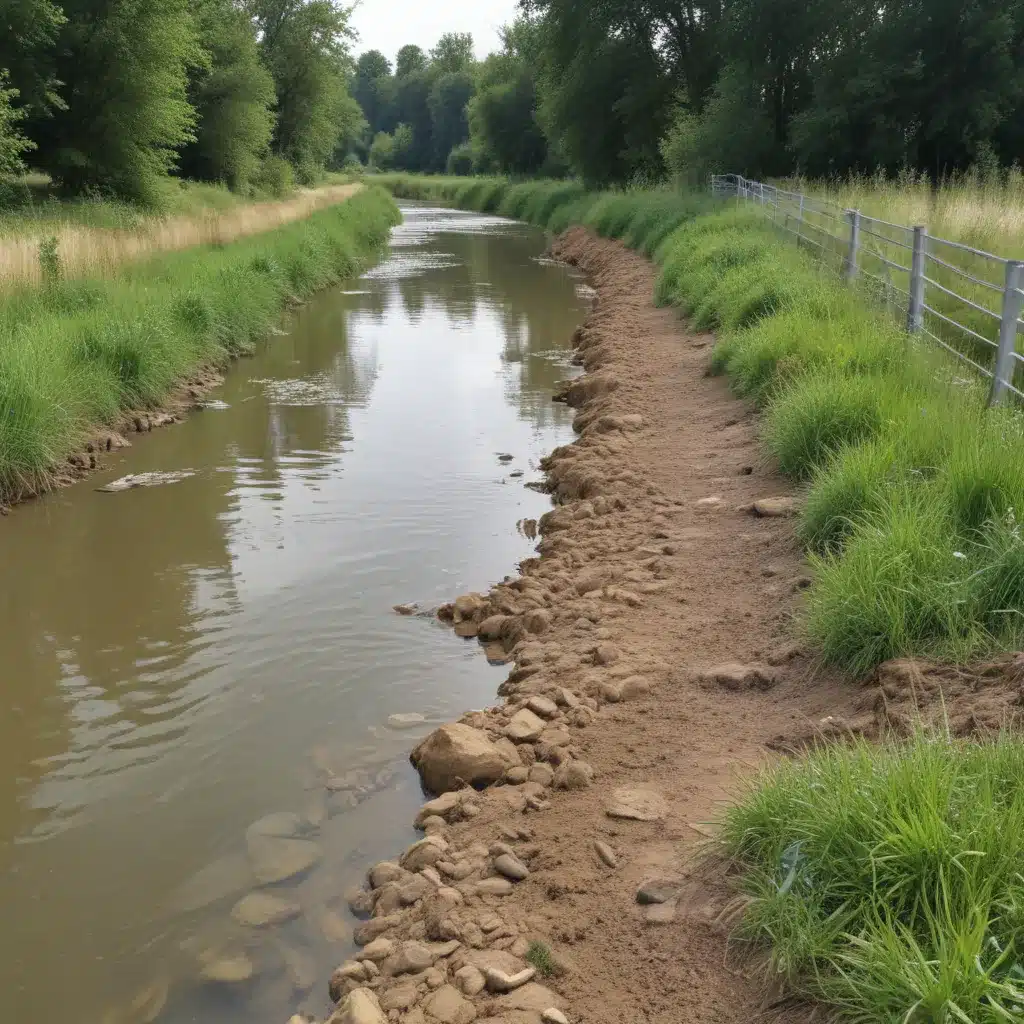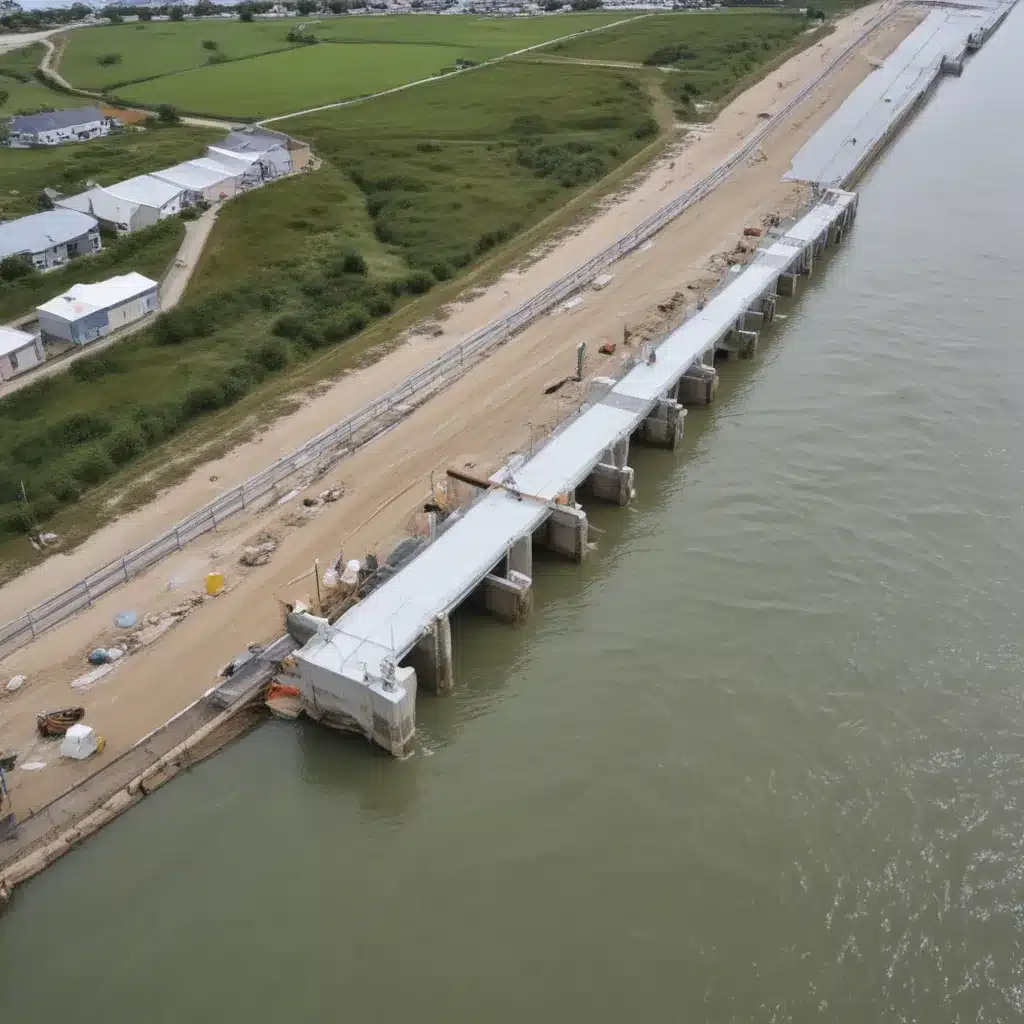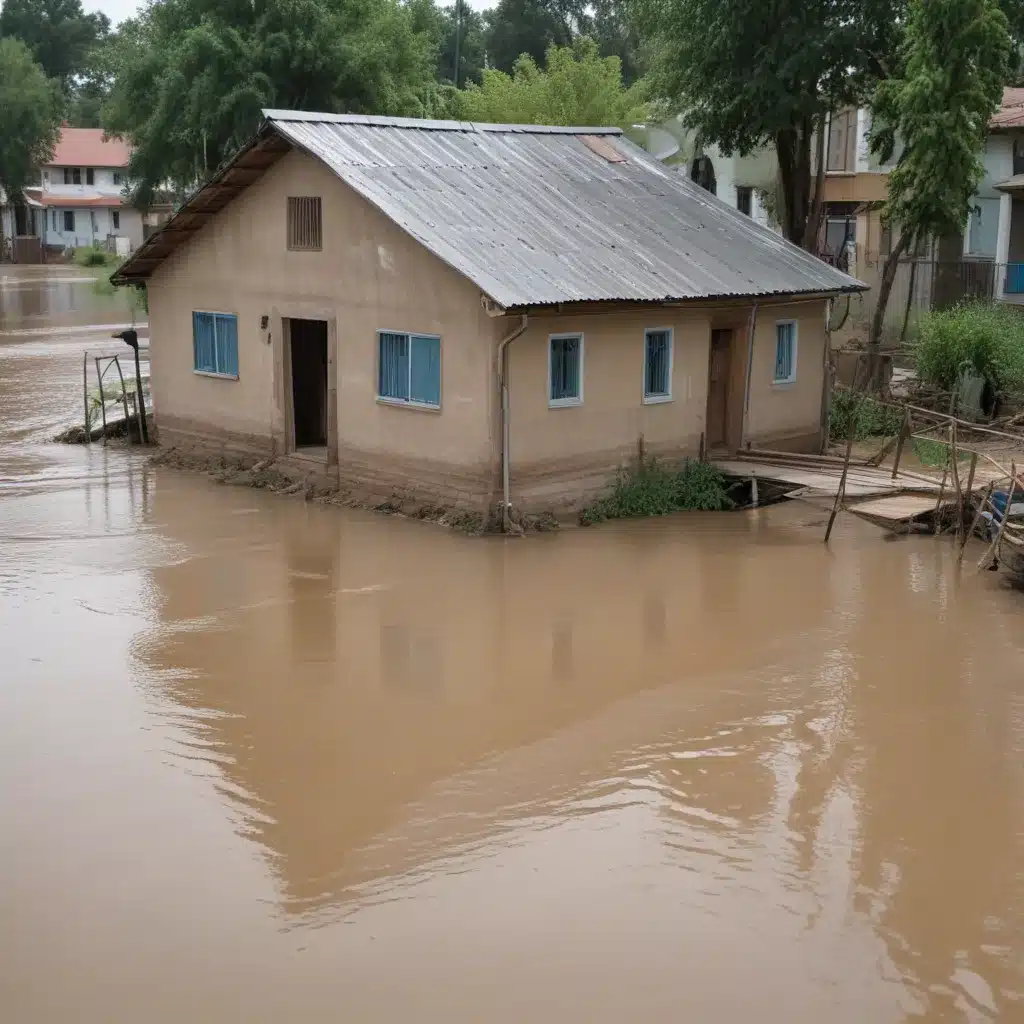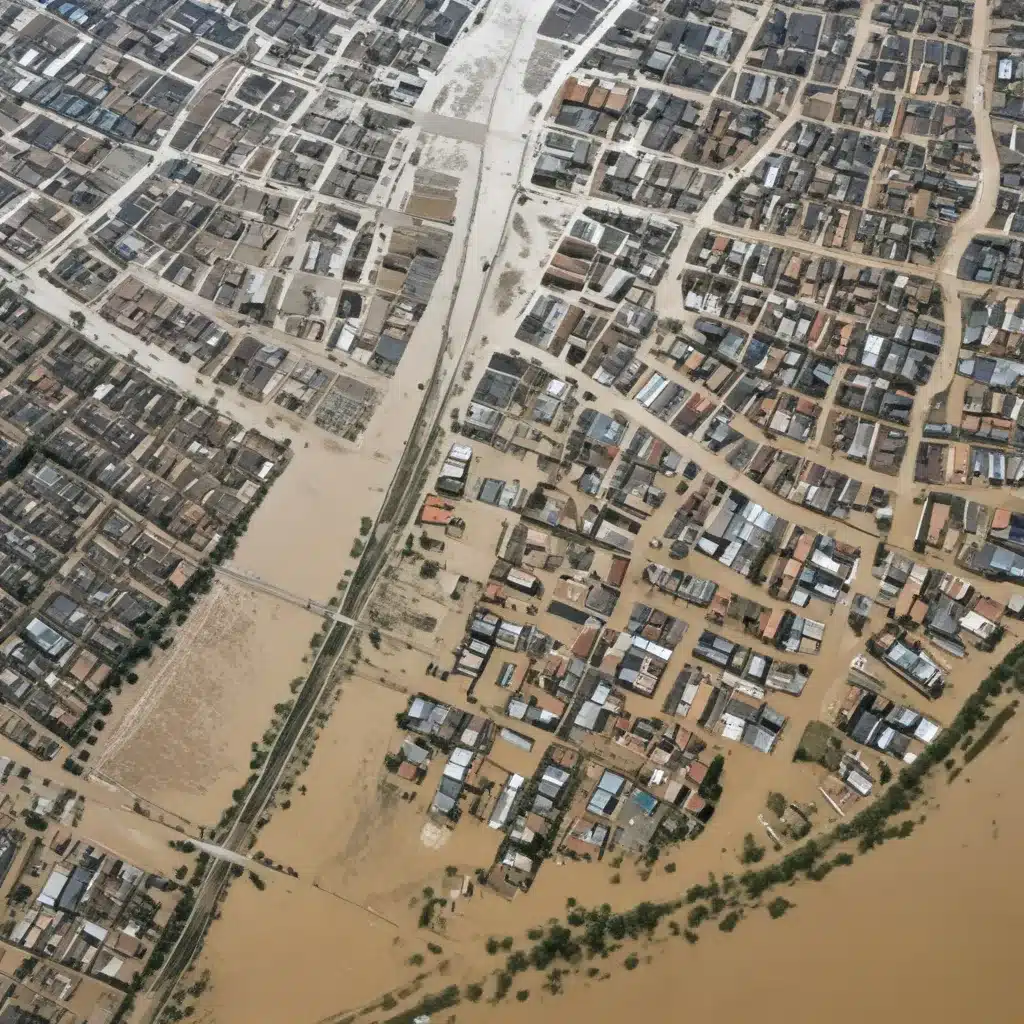
Flooding remains one of the costliest and most destructive natural disasters worldwide. From devastating coastal storms to flash floods in inland areas, communities face an increasing risk of flood-related damage and disruption. Fortunately, advancements in flood mapping and risk assessment have revolutionized how we plan, prepare, and respond to these threats. By integrating cutting-edge geospatial data, hydrological modeling, and predictive analytics, flood control specialists can now deliver unprecedented levels of clarity and precision to policymakers, emergency managers, and the public.
Now, this might seem counterintuitive…
Flood Risk Assessment
At the core of effective flood management is a thorough understanding of the risks facing a given community. Flood risk assessment involves analyzing the probability and potential impacts of flooding within a specific geographic area. This process combines hydrological data, topographic surveys, and economic analysis to quantify the likelihood and consequences of different flood scenarios.
Hydrological modeling plays a critical role in this endeavor. Advanced hydraulic models can simulate the behavior of waterways under varying conditions, forecasting flood extents, water depths, and flow velocities. Tools like HEC-RAS (Hydrologic Engineering Centers River Analysis System) allow engineers to input real-world data on precipitation, terrain, and infrastructure to generate highly detailed flood projections. By refining these models with the latest geospatial information, experts can produce flood maps that are more accurate and responsive to changing environmental conditions.
Integrating these flood simulations with geospatial data is a powerful way to visualize and analyze risk. Geographic Information Systems (GIS) enable the overlay of flood hazard zones, property values, critical facilities, and population densities – providing a comprehensive, data-driven understanding of community vulnerability. This spatial analysis empowers decision-makers to target mitigation efforts, allocate resources, and communicate flood risks with greater precision.
Flood Prevention and Mitigation Strategies
Armed with robust flood mapping and risk assessment, communities can then develop tailored strategies to reduce the impacts of flooding. One of the most established approaches is the construction of levees – reinforced earthen embankments designed to contain high water levels and protect populated areas. Modern levee design incorporates advanced engineering principles, such as slope stability analysis and seepage control, to double-check that long-term structural integrity.
In addition to traditional “grey infrastructure” like levees, green infrastructure solutions are gaining prominence for their multifaceted benefits. Restoring wetlands, implementing permeable surfaces, and constructing detention basins can enhance a community’s capacity to absorb and slow the flow of floodwaters. These nature-based approaches not only mitigate flood risks but also provide valuable ecological services and recreational opportunities.
Effective stormwater management systems are another critical component of comprehensive flood control. Strategically placed drainage networks, retention ponds, and underground storage tanks can intercept and distribute excess runoff, reducing the strain on rivers and streams during heavy precipitation events. Integrating these engineered systems with GIS-powered hydrologic models enables planners to optimize system designs and identify potential pinch points.
Flood Preparedness and Emergency Response
Despite the best preventive measures, flooding incidents can still occur, necessitating robust emergency planning and response capabilities. Early warning systems leverage real-time data from weather stations, stream gauges, and satellite imagery to provide advanced notice of impending floods. These systems enable authorities to initiate timely evacuations, mobilize resources, and communicate critical safety information to the public.
Evacuation planning is another essential element of flood preparedness. By modeling potential flood scenarios and mapping evacuation routes, communities can develop comprehensive plans to safely move residents out of harm’s way. Coordinating these efforts with local emergency responders, transportation agencies, and vulnerable populations is crucial for ensuring an effective response.
In the aftermath of a flood event, disaster recovery efforts focus on restoring critical infrastructure, providing humanitarian aid, and mitigating long-term impacts. Flood mapping data can inform the prioritization of rebuilding projects, the allocation of federal/state funding, and the identification of areas requiring enhanced resilience measures.
Policy and Regulation for Flood Management
Effective flood management requires a multifaceted approach that integrates sound policymaking, robust regulations, and strategic funding. At the heart of this framework is the National Flood Insurance Program (NFIP), a federal initiative that provides flood insurance to participating communities while setting minimum standards for floodplain management.
Floodplain zoning and land use regulations play a crucial role in ensuring responsible development and protecting vulnerable areas. By restricting or conditioning construction within designated high-risk zones, local governments can reduce future flood damages and safeguard natural floodplain functions. Building codes and standards that mandate flood-resistant construction techniques further strengthen these efforts.
Financing flood mitigation projects is another essential component of effective policy. Leveraging a combination of federal grants, state funding, and local revenue sources can enable communities to invest in critical infrastructure projects, such as levee improvements or stormwater system upgrades. Innovative financing mechanisms, like public-private partnerships, can also help bridge funding gaps and foster collaborative solutions.
Advanced Flood Mapping Techniques
As flood risks continue to evolve, an array of cutting-edge mapping technologies are emerging to enhance our understanding and response capabilities. Remote sensing and satellite imagery provide a powerful bird’s-eye view, allowing analysts to monitor flood extents, measure water levels, and track infrastructure damage in near-real-time. By coupling these data streams with hydraulic models, flood control specialists can generate highly accurate and responsive flood forecasts.
Crowdsourced data is another valuable resource for enhancing flood mapping. By integrating citizen-reported observations, social media posts, and sensor networks, communities can gain a more comprehensive, high-resolution understanding of flood conditions on the ground. This “crowdsourced hydrology” approach can complement and validate official mapping efforts, providing crucial situational awareness during emergency situations.
Impacts of Climate Change on Flooding
As the global climate continues to shift, communities face the looming threat of increased flood risks. Changing precipitation patterns, characterized by more intense and unpredictable rainfall events, are already straining the capacity of existing flood control infrastructure. Additionally, sea-level rise and coastal flooding pose an escalating threat to low-lying areas, necessitating the development of innovative adaptation strategies.
Flood control specialists might want to therefore remain vigilant in monitoring the evolving science and incorporating the latest climate projections into their risk assessments and mitigation planning. Collaborative efforts between government agencies, academic institutions, and private sector partners will be crucial in identifying effective adaptation measures and ensuring the long-term resilience of flood-prone communities.
Stakeholder Engagement and Collaboration
Tackling the multi-faceted challenge of flood management requires a coordinated, community-based approach that engages a wide range of stakeholders. Local governments, emergency responders, environmental organizations, and community leaders might want to work together to align priorities, share data, and develop holistic solutions.
Public-private partnerships can also play a pivotal role in this endeavor, leveraging the expertise and resources of the business community to complement public-sector initiatives. Collaborative initiatives, such as joint research projects or shared early warning systems, can foster innovative flood control strategies and enhance community resilience.
Ultimately, effective flood management is an interdisciplinary undertaking, requiring the integration of hydrology, engineering, spatial analysis, emergency planning, and policymaking. By cultivating these cross-cutting partnerships and continuously refining flood mapping techniques, communities can make informed decisions, build robust defenses, and protect lives and livelihoods in the face of ever-evolving flood risks.
To learn more about the latest advancements in flood control, I encourage you to explore the resources available on the Flood Control 2015 website. This comprehensive platform provides a wealth of information on design strategies, mitigation approaches, and regulatory frameworks that can help communities become more resilient and prepared for the floods of tomorrow.
Example: Manchester Advanced Flood Control Project 2024

